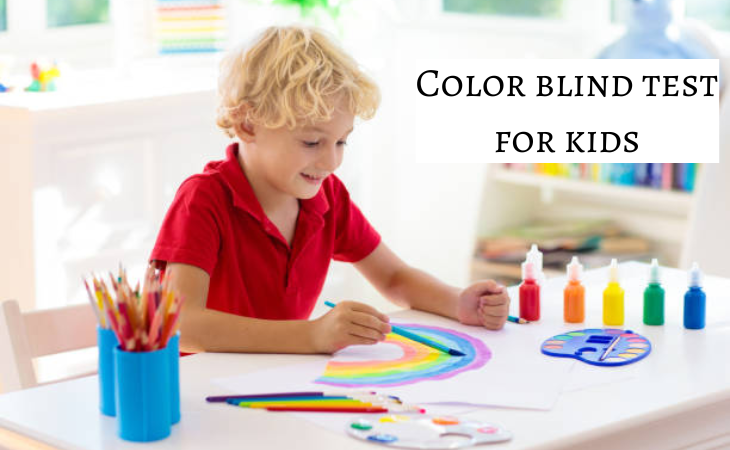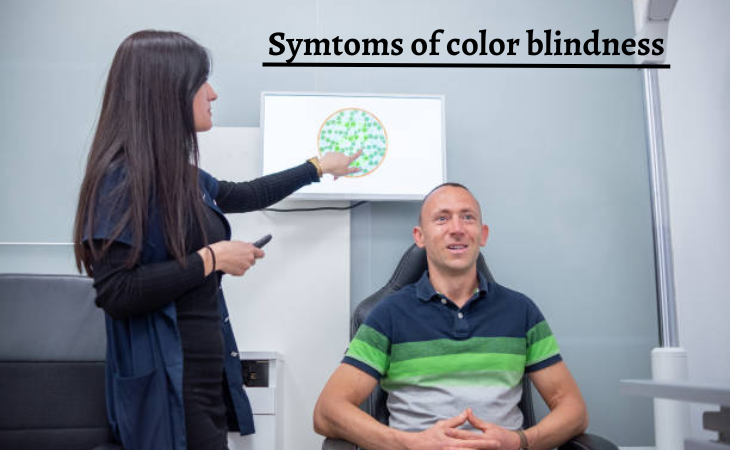Difficulty identifying colors: Children with color blindness may struggle to name or differentiate between certain colors. This can be particularly challenging in situations where color is used to convey information, such as in maps or graphs.
Mixing up colors: A color blind child may mix up colors that appear similar to their eyes, such as red and green or blue and purple. This confusion can lead to difficulties in various tasks, from art projects to choosing matching clothes.
Sensitivity to bright lights: Some color blind individuals are more sensitive to bright lights, which can cause discomfort or even headaches. This is due to the way their eyes process light differently than those with normal color vision.
Color Blind Test for Kids with Basic Shapes
One popular color blind test for kids uses basic shapes to assess color vision deficiency. This test, found on colorblindtest.us, is designed to be engaging and simple, even for young children. The test presents a series of images where a shape, such as a circle, square, or triangle, is hidden within a background of colored dots. The child is asked to identify the hidden shape, and their ability to do so helps determine if they have a color vision deficiency.
How to Identify a Color Deficiency in Children
There are various tests available to identify color vision deficiency in children, ranging from simple home tests to more comprehensive clinical assessments. Some of the most common tests include:
Ishihara Test: The Ishihara Test is one of the most widely used color blind tests

